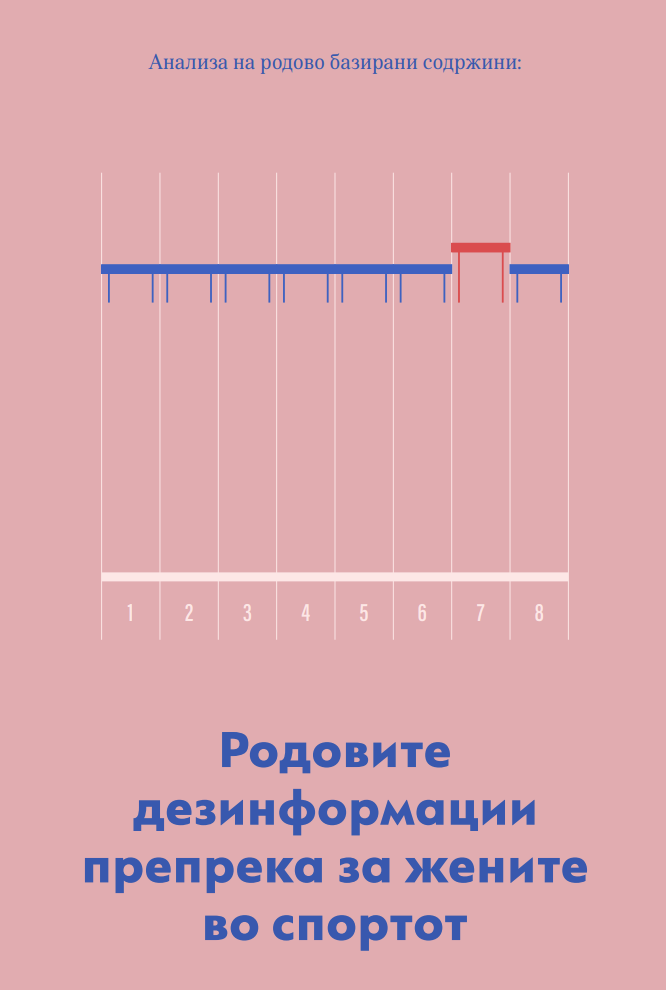A high percentage of news reports about boxers Imane Khelif and Lynn Ju-ting during the Paris Summer Olympics left room for conservative and transphobic attitudes, thus contributing to the perpetuation of gender stereotypes, objectification and discrimination of sportswomen and women in society. Without covering expert opinions in reporting on the two women boxers, the media helped spread gendered disinformation and hate speech. A woman’s body in sports is still subjected to societal pressure about how it should look and behave, which affects the comfort, self-confidence and performance of women athletes.
This is shown by the gender-based media content analysis “Gendered Disinformation – a Hurdle for Women in Sports”, made by the Institute of Communication Studies (ICS) for the period from July 26 to August 27, 2024, i.e. during the Summer Olympic Games in Paris, France. 400 online media news reports related to boxers Imane Khelif and Lynn Yu-ting were analysed, as well as 170 comments on these news reports on Facebook, Instagram and YouTube.
The media used gender stereotyping and portraying women solely through their physical appearance. The reports confirm the stereotypes of what “woman” and “femininity” mean, i.e., that with appropriate makeup and clothes, one “becomes” and proves that one is a woman. In this way, the media objectify women, giving them “permission” to be women only if they meet patriarchal social expectations about their looks.
There was a noticeably high level of sensationalism in the reporting, especially in headlines that did not correspond to the content of the news report, which led to superficial conclusions from the audience and the spread of gendered disinformation and hate speech. The headlines and reports often conveyed arbitrary information and negative comments made by public figures who are known for their transphobic views, and whose claims were not verified nor critically reviewed. Only a small number of media outlets published more in-depth analyses of the topic. Inappropriate terminology was also used, so masculine nouns and pronouns were often used for both women boxers or genders were interchanged in the same text.
This indicates that a large number of journalists do not investigate the problem they write about at all and they share an inadequate translation of the reports from foreign media. Furthermore, it was noted that most of the disinformation came precisely from the media and authors, while the same narratives already started by the media were only mirrored on social platforms.
Hence, it is necessary to raise the low level of awareness about the principles of diversity and non-discrimination in news reports, and the possible negative consequences of the way of reporting on sensitive topics. Journalists should better research the issues they write about and the terminology they use, and they should always use feminatives when appropriate. They should report in a way that does not legitimize discriminatory attitudes and create content that will promote gender equality. Of course, it is necessary for the media to adhere to ethical reporting guidelines, by verifying information and indicating the author/s and/or source, so that the audience can also verify it. Also, by moderating discussions under published news reports, the media should reduce hate speech and sexist comments on their social platforms.

